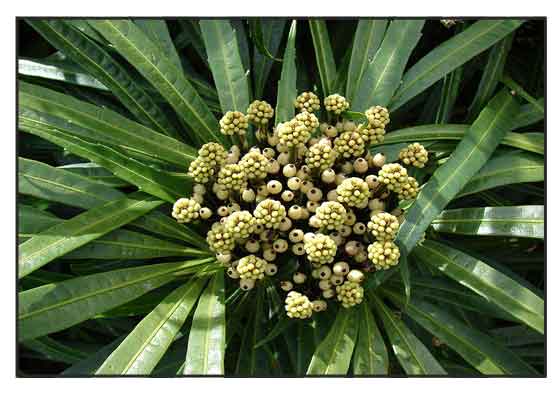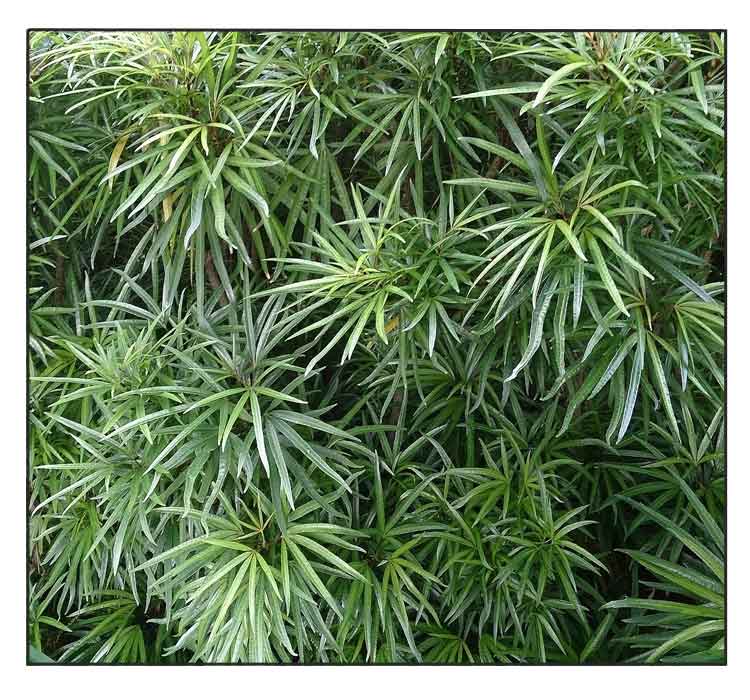
Family • Araliaceae
Miagos
Osmoxylon lineare (Merr.) Philipson
GREEN ARALIA
| Scientific names | Common names |
| Boerlagiodendron lineare Merr. | Miagos (Tag.) |
| Osmoxylon lineare (Merr.) Philipson | Green aralia (Engl.) |
| Miagos bush (Engl.) | |
| Osmoxylon lineare (Merr.) Philipson is an accepted name. KEW: Plants of the World Online | |
September 2022
![]()
 |
PHOTOS / ILLUSTRATIONS |
| IMAGE SOURCE: Photograph: Osmoxylon lineare flowers / Forest & Kim Starr / click on image to go to source page/ CC by 3.0 / Wikipedia |
| OTHER IMAGE SOURCE: Photograph: Miagos bush / Mokkie / CCA-SA 3.0 / click on image to go to source page / Wikimedia Commons |
Additional
Sources and Suggested Readings |
• |
DOI: It is not uncommon for links on studies/sources to change. Copying and pasting the information on the search window or using the DOI (if available) will often redirect to the new link page. (Citing and Using a (DOI) Digital Object Identifier) |
| List of Understudied Philippine Medicinal Plants |
• |
 |


 Distribution
Distribution